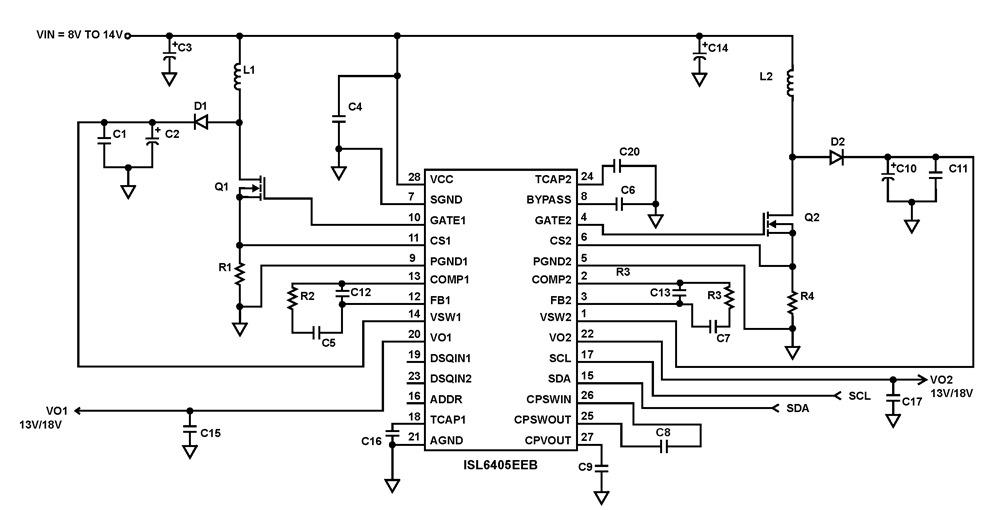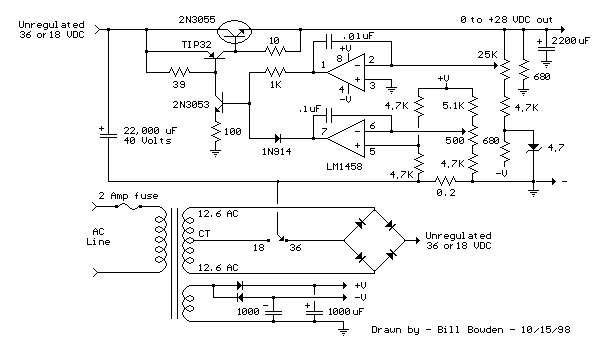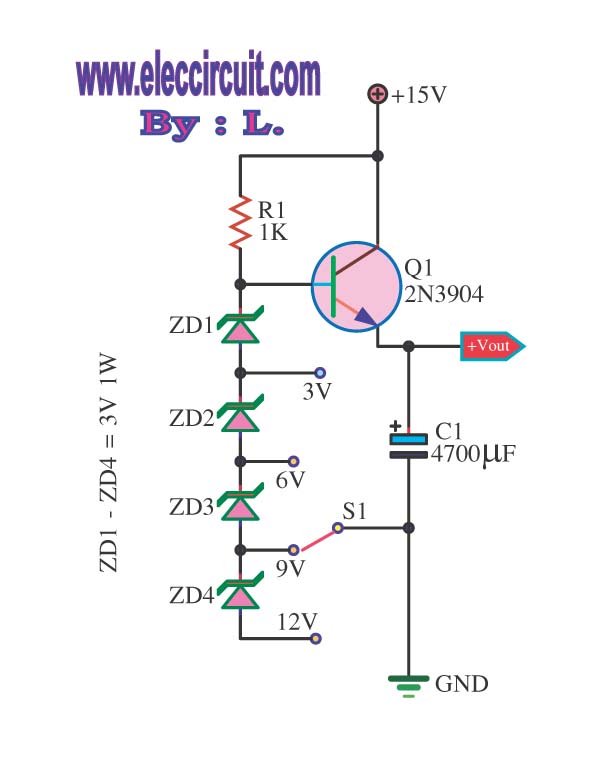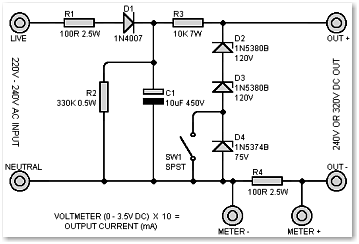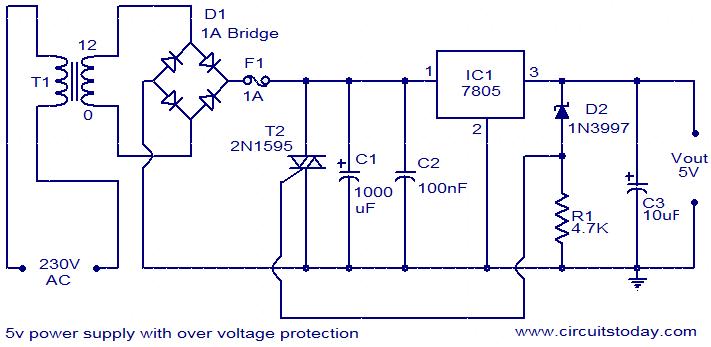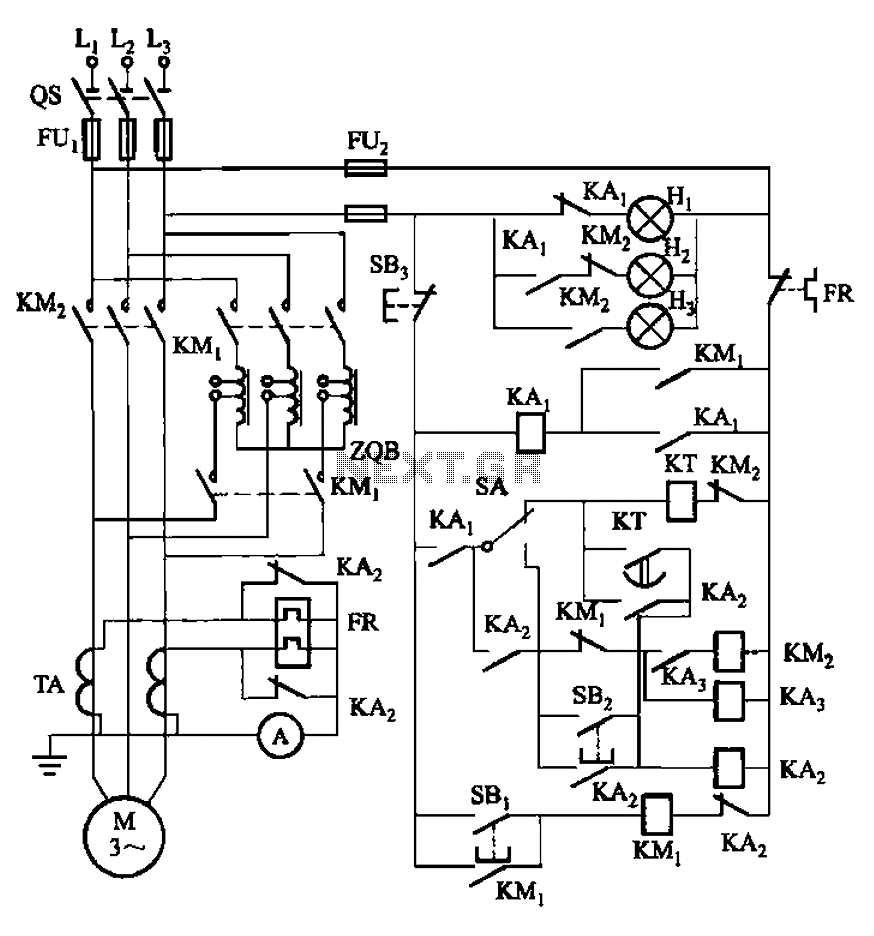
Two-LED Voltage Indicator

There are many applications where the accuracy of a digital or analog (bar graph) output is not necessary, but a solution that offers more than a simple low/high indicator is desirable.
In various electronic applications, there exists a need for indicators that provide a visual representation of a parameter without requiring precise measurements. Such applications may include general status indicators, battery level indicators, or simple environmental monitoring systems where a binary indication (on/off) is insufficient.
To fulfill this requirement, a bar graph display can be employed. A bar graph display typically consists of a series of LEDs or LCD segments that light up in proportion to the measured signal. This allows users to visually assess the status or level of a particular parameter at a glance.
For instance, in a battery level indicator circuit, a series of LEDs can be arranged to light up progressively as the battery voltage increases. This method provides a more informative output than a single LED that merely indicates whether the battery is charged or not. The circuit can be designed using a voltage divider to scale the battery voltage to a suitable range for the microcontroller or comparator input. The microcontroller can then control the LEDs based on predefined voltage thresholds, illuminating the appropriate number of LEDs to reflect the battery's charge level.
Additionally, analog solutions can be implemented using a bar graph driver IC, which simplifies the design by handling the LED driving requirements internally. Such ICs can take an analog input and provide a corresponding output to drive multiple segments, allowing for a smooth visual representation of varying levels.
Overall, the use of a bar graph display in applications where high accuracy is not essential enhances user experience by providing a more nuanced view of system status, bridging the gap between simple binary indicators and complex digital displays.There are many applications where the accuracy of a digital or analogue (bar graph) is not required but something better than a simple low/high indicator.. 🔗 External reference
In various electronic applications, there exists a need for indicators that provide a visual representation of a parameter without requiring precise measurements. Such applications may include general status indicators, battery level indicators, or simple environmental monitoring systems where a binary indication (on/off) is insufficient.
To fulfill this requirement, a bar graph display can be employed. A bar graph display typically consists of a series of LEDs or LCD segments that light up in proportion to the measured signal. This allows users to visually assess the status or level of a particular parameter at a glance.
For instance, in a battery level indicator circuit, a series of LEDs can be arranged to light up progressively as the battery voltage increases. This method provides a more informative output than a single LED that merely indicates whether the battery is charged or not. The circuit can be designed using a voltage divider to scale the battery voltage to a suitable range for the microcontroller or comparator input. The microcontroller can then control the LEDs based on predefined voltage thresholds, illuminating the appropriate number of LEDs to reflect the battery's charge level.
Additionally, analog solutions can be implemented using a bar graph driver IC, which simplifies the design by handling the LED driving requirements internally. Such ICs can take an analog input and provide a corresponding output to drive multiple segments, allowing for a smooth visual representation of varying levels.
Overall, the use of a bar graph display in applications where high accuracy is not essential enhances user experience by providing a more nuanced view of system status, bridging the gap between simple binary indicators and complex digital displays.There are many applications where the accuracy of a digital or analogue (bar graph) is not required but something better than a simple low/high indicator.. 🔗 External reference
